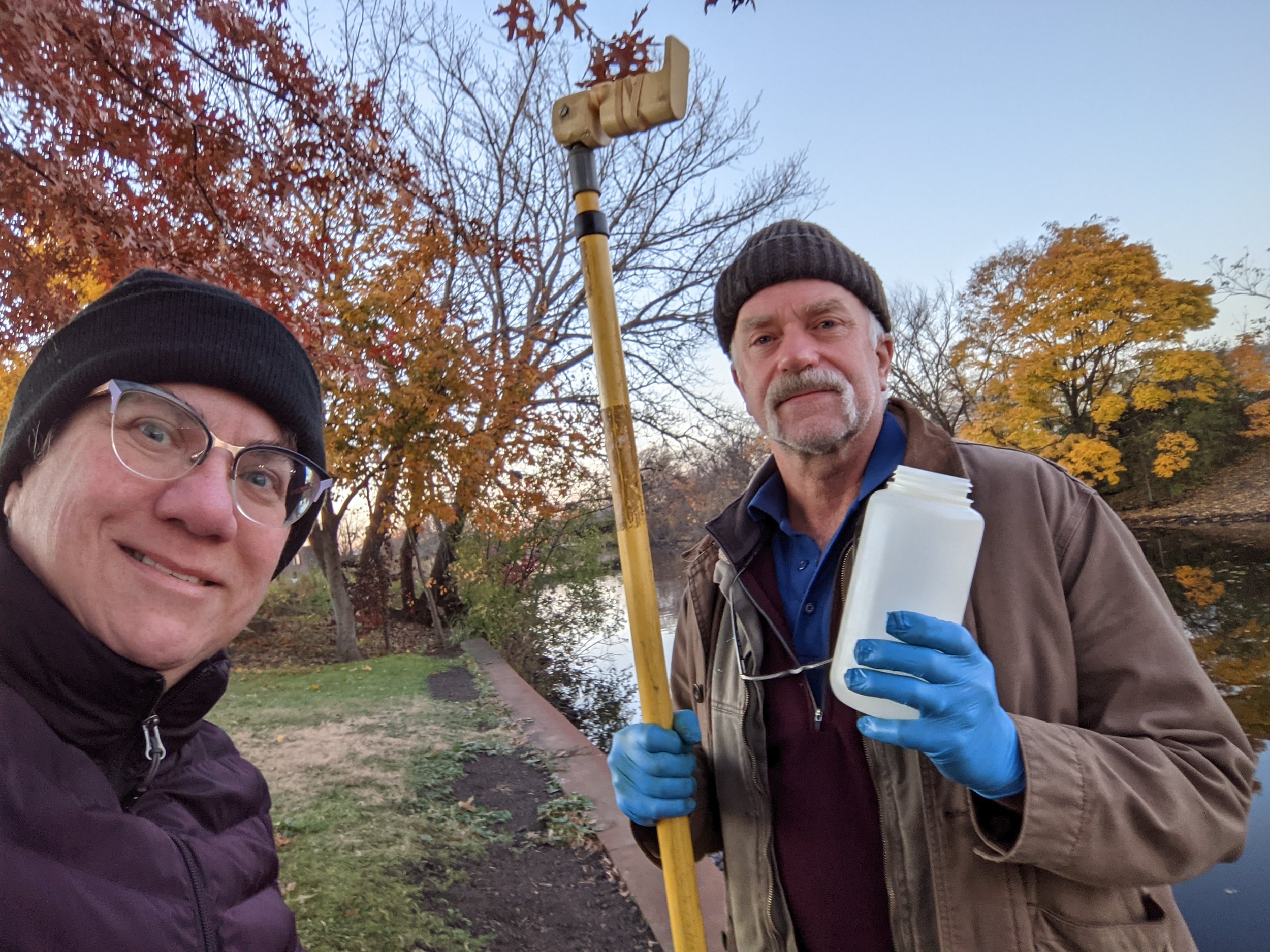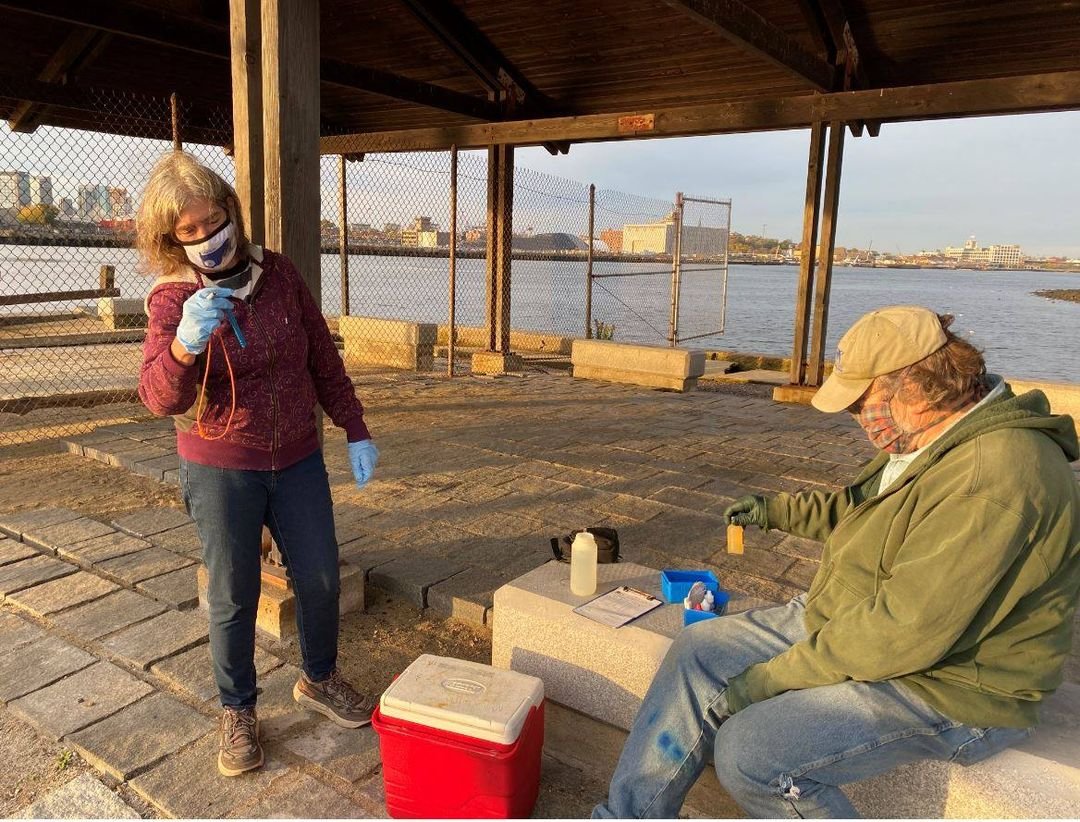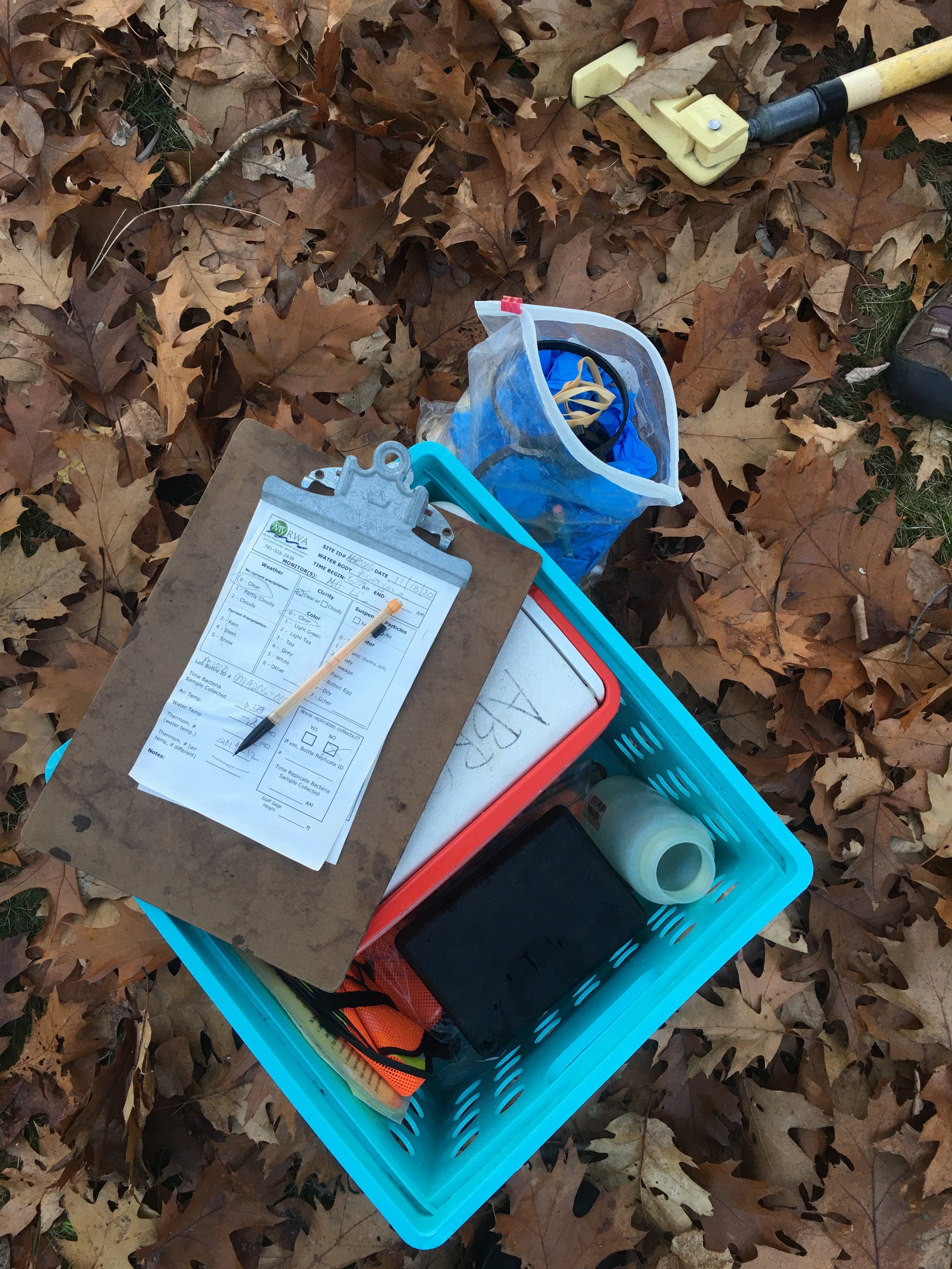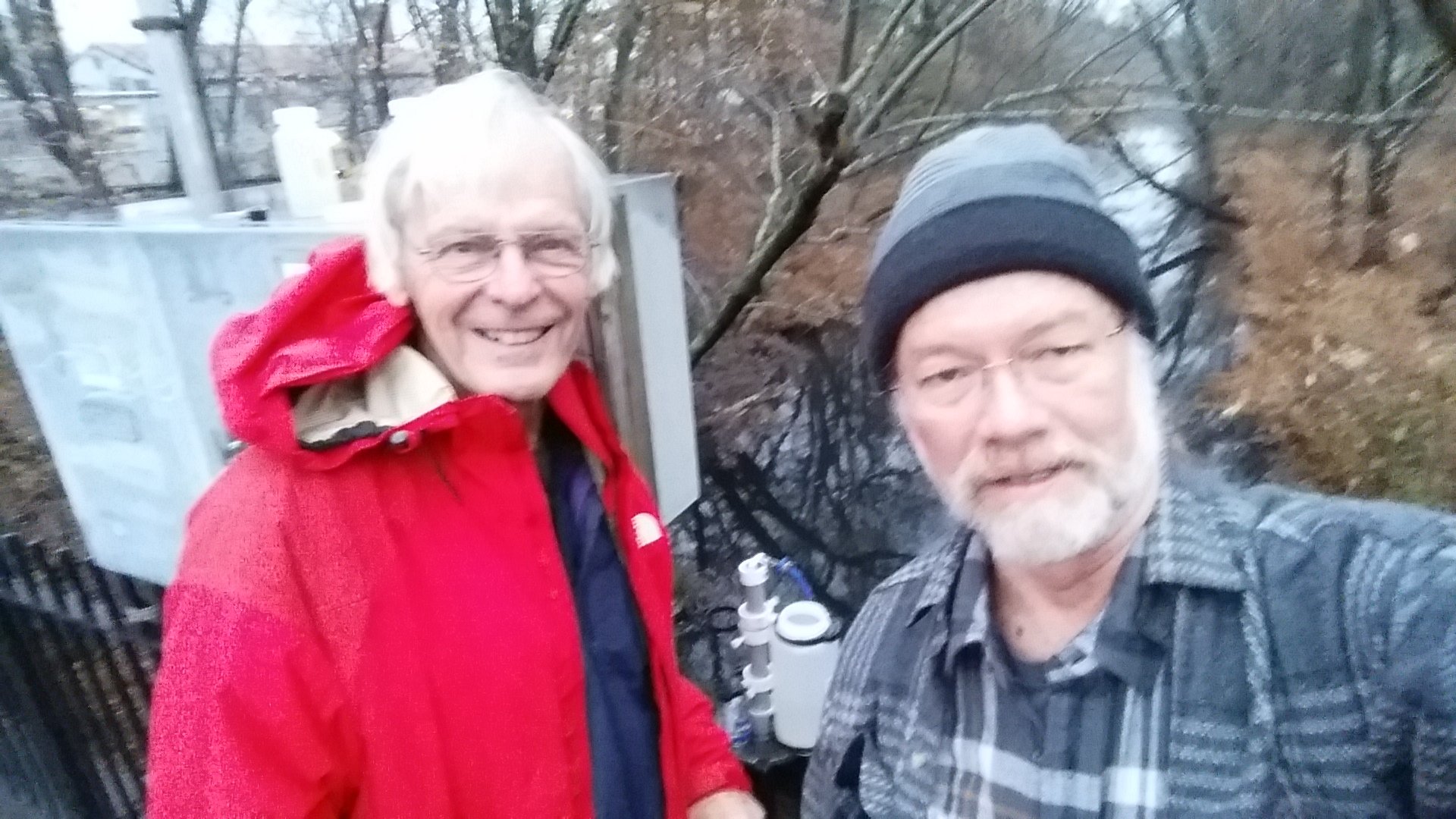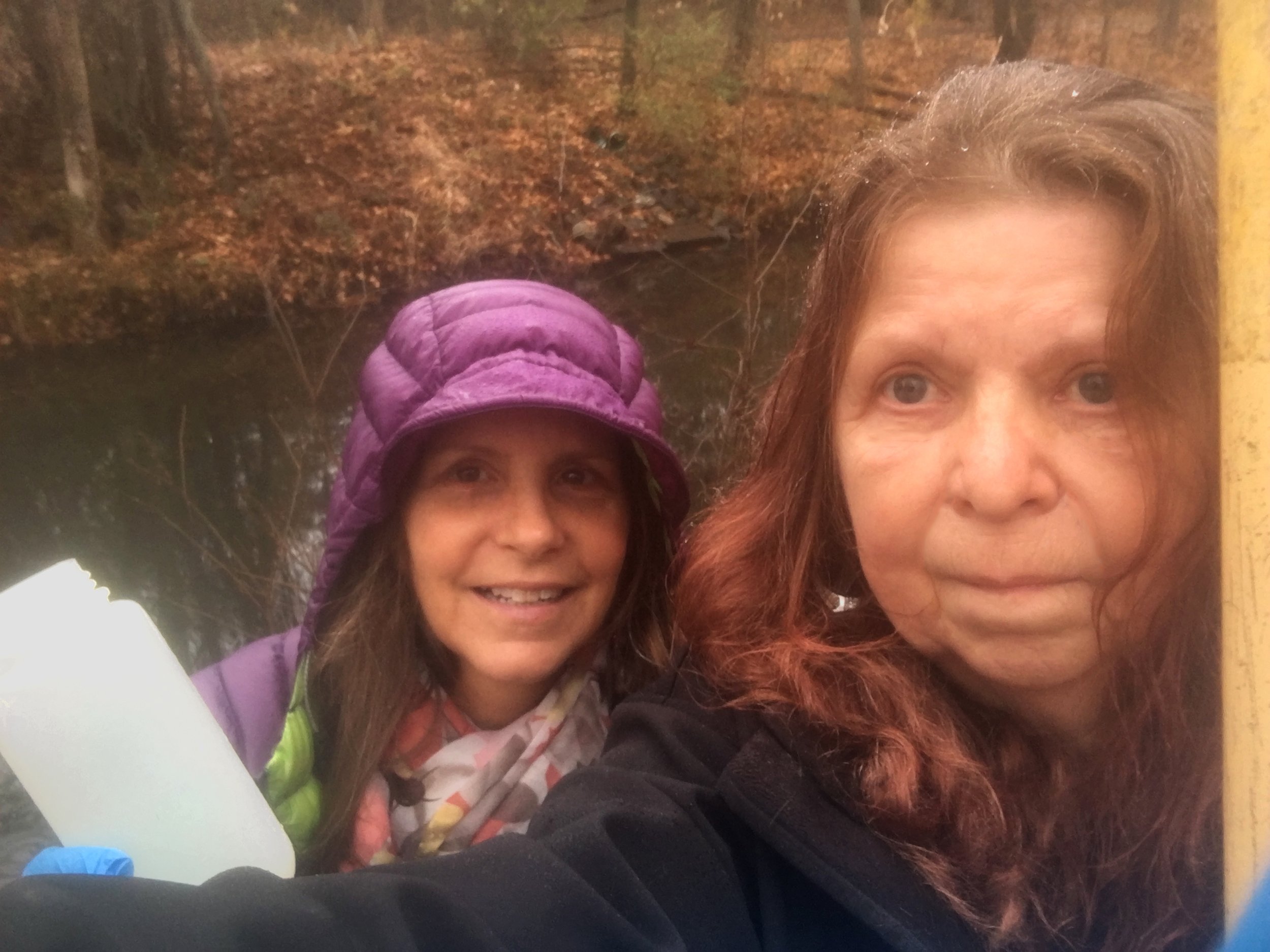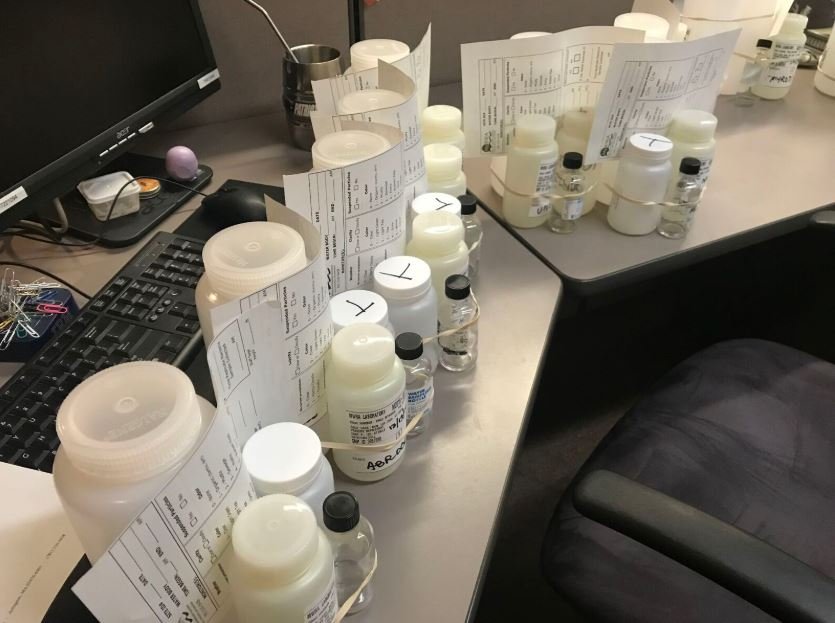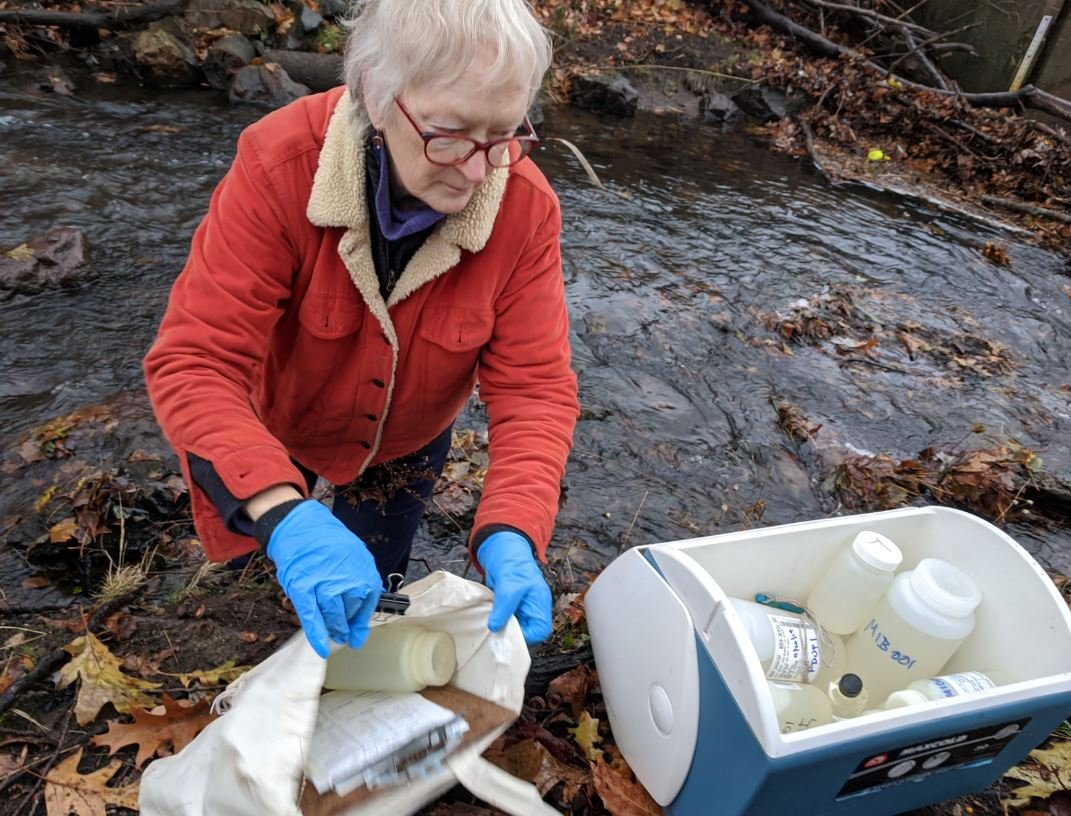Every month 40 volunteers collect water quality data at 15 sites through the Mystic River Watershed Association's Baseline Water Quality Monitoring Program. This data is then used by the Mystic River Watershed Association and the United States Environmental Protection Agency (EPA) to publish the annual report card outlining what grade the rivers, lakes and tributaries earned during the year. The data has made headlines and on-the-ground improvements—you can read more here.
Read this Q&A with our fabulous volunteers to learn more about the program.
Why is monitoring important?
I have been monitoring for over 10 years. It is a small way I feel that I can influence policy to help the wildlife in my area. What I have learned, over this time, is that it takes a lot of consistent data to influence the change we need for a cleaner life on this Earth. Each of us taking one small part over a longer term is so important to our ecosystem. I appreciate the opportunity MyRWA has given me to make a difference.
Moira Ashleigh, Aberjona River monitor
What is your favorite part of your site?
This park is widely used by the public! The sunrise over the Tobin Bridge is stunning. One winter weekend in 2014, my son and I went ice fishing. It was postcard perfect weather and sunrise vistas: beautiful and serene. The next day, we tested at Mary O'Malley Park! The colors of the sunrise bounced off the Tobin Bridge and surrounding buildings: beautiful and chaotic! The contrast of views proved how important it is to preserve our natural environments in both rural and urban areas!
Karen Buck, Mystic River monitor at Mary O’Malley Park
What kind of impact are you having?
I like the leverage that volunteerism brings. Funding from somewhere – generous donors, corporate sponsors, federal/state/local governments—makes it possible for the Association to staff full-time professionals who conceive, organize, publicize, coordinate, facilitate and document the projects that enable preservation and reclamation of the Mystic and its tributaries. The efforts of each of those MyRWA professionals, in turn, is amplified—leveraged—by volunteers, with the ratio of volunteers to employees being ten-to-one or more.
John Roland Elliot, Alewife Brook monitor
Why is monitoring important?
Monitoring is important because it provides precious and critical data that cannot be denied and can be used to support action to clean up the Mystic. The map of water quality grades along the Mystic and tributaries raises people's awareness and provides a scientific basis for action.
Linda Caswell, Aberjona River monitor
Share your favorite story?
Two stories come to mind: The first is when I noticed an unusual smell on an extremely cold morning - as cold as it can get and we can still sample. It smelled to me like sticky sweet kool-aid or cherry pipe tobacco. I recorded it on the form. Later that morning I biked past a car wash on my way to work and smelled it again. I called my dad, who was a highway deicing consultant, and asked if there were any deicers that smelled like that and he said it was likely a glycol-based solution, Meanwhile, my sampling notes came to the attention of the Environmental Strike Force. They called me later in the day to ask me about it and I told them what I had found out. Their investigation figured out that the school bus facility was washing off their buses and the wash water was running into the river via an illegal drain. The deicer was the smelly part, but the runoff also contained detergents and everything that got washed off the buses including road salt, any spilled diesel, coolant, etc. About as CSI Water Quality Unit as it gets! Second story: I brought my then young son along with me one morning - he was about eight - and as I pulled the bucket up I asked him what he thought the water smelled like (part of the sampling protocol). He said "It smells poopy!". One sniff and I realized that he wasn't joking - it smelled poopy. The ecoli levels that month were epic. Keeping eyes open and nose on line is an important part of sampling.
Kate Adams, Malden River monitor
What is your favorite part of monitoring?
I like being there at my site early in the morning. It is a unique experience, especially living mostly outside of Boston. It is not the same as going to Boston in the morning as a commuter to a desk job or as a student.
Michael Moros, Belle Island Inlet monitor
#GivingTuesday is a global day of giving. On this day people around the globe will come together in unity and showing kindness and generosity in all its forms by giving their voice, time, money, goods and advocacy to support communities and causes. For #GivingTuesday we raised $20,924.64 to fund water quality testing at 11 of our 15 baseline monitoring sites for a full year. This far surpassed our goal of 5—thanks to the generosity of hundreds of donors. This is an incredibly cost-effective program with all labor and sampling provided by volunteer citizen scientists. Funding raised will be used to purchase water quality testing kits and lab services as well as pay to analyze and publish the results.

